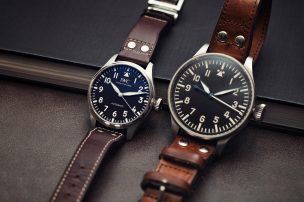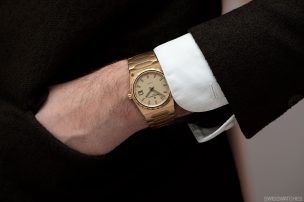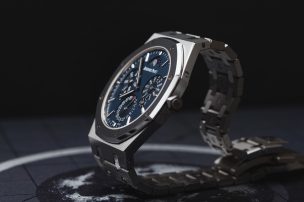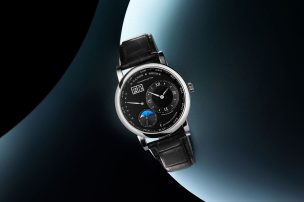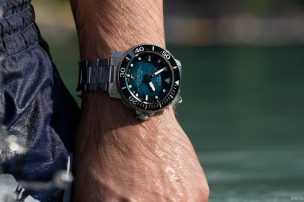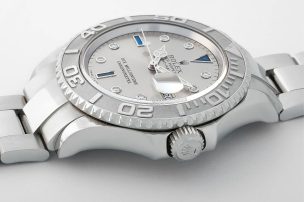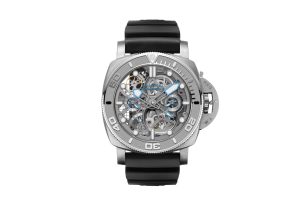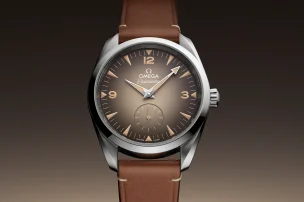
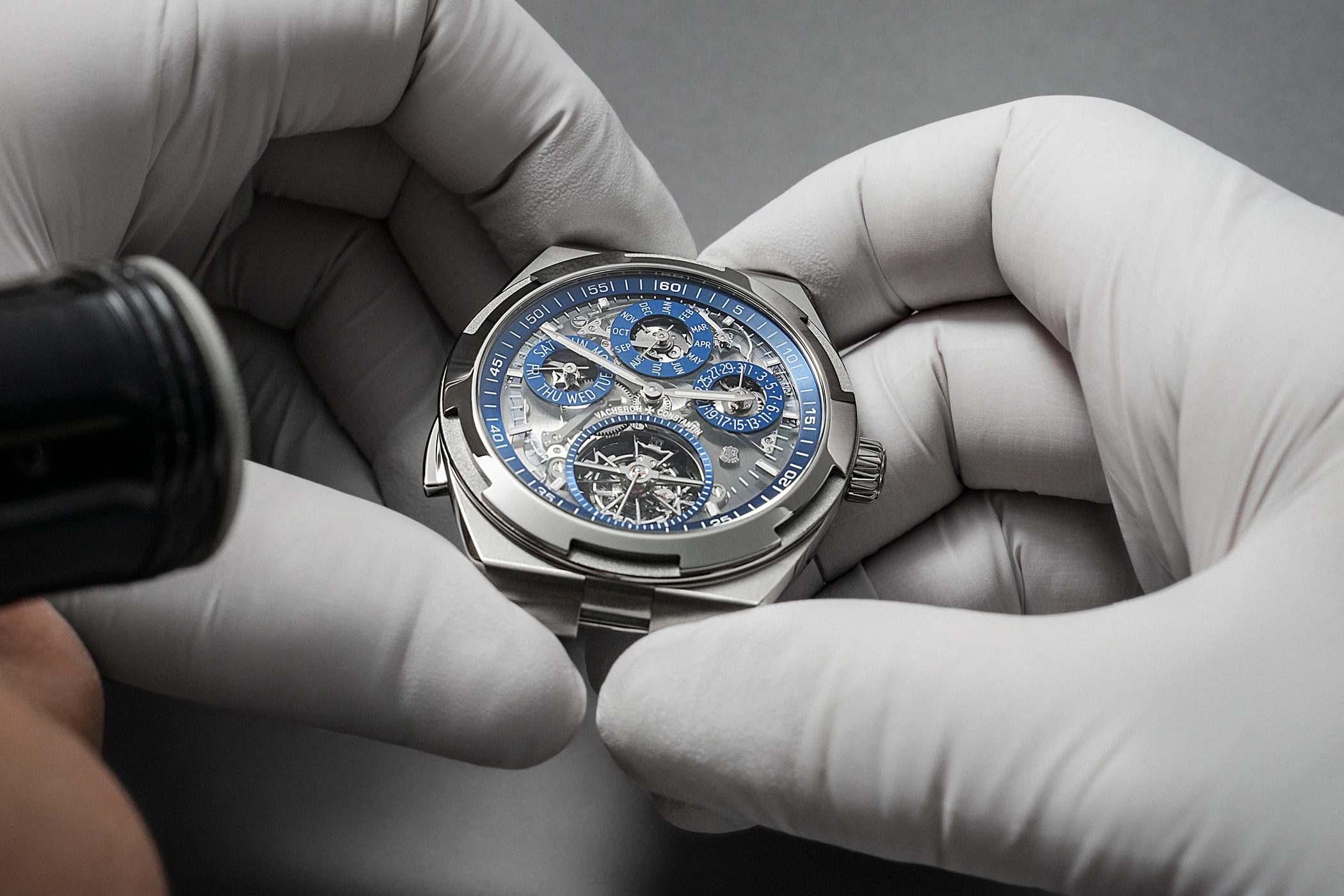
It’s Getting Complicated – Vacheron Constantin’s Overseas Gets an Grand Complication Update For The First Time
Being uncomplicated is not necessarily a top priority for Vacheron Constantin. Not even 270 years after it was founded. And so the company likes to create extremely difficult superlatives in the art of watchmaking.
While last year it was the world’s most complicated pocket watch with no fewer than 63 complications, at this year’s Watches & Wonders the manufacturer presented the Les Cabinotiers Solaria Ultra Grande Complication – La Première wristwatch with 41 complications and 13 patent applications. The unique piece was the result of eight years of research work, which culminated in the manufacture calibre 3655, consisting of 1,521 components, a true marvel of miniaturisation. One of the few straightforward exceptions is the 222 – but that’s another story, which you can read here.
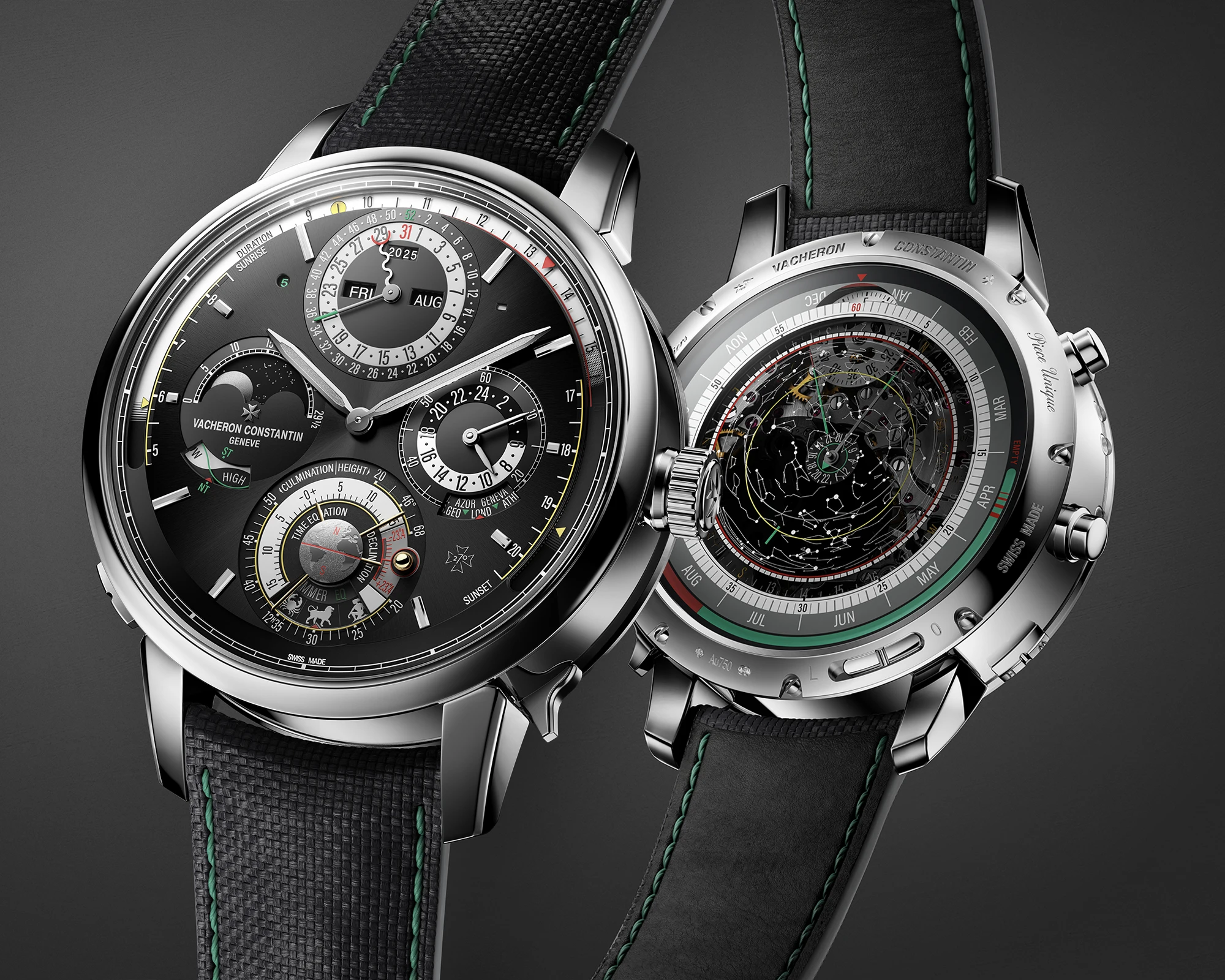
Les Cabinotiers Solaria Ultra Grande Complication – La Première
Now, the Overseas, originally developed as the successor to the 222, is appearing for the first time as a Grand Complication with a perpetual calendar, minute repeater and tourbillon.
Overseas Grand Complication Openface – it’s all in the name
The name says it all – and Vacheron Constantin has not skimped on the eponymous grand complications in this new timepiece. The perpetual calendar and tourbillon are accompanied by a minute repeater for the first time in this new Overseas model: this marvellous function makes time audible in the most beautiful way and is considered by many to be the queen of mechanical watchmaking.
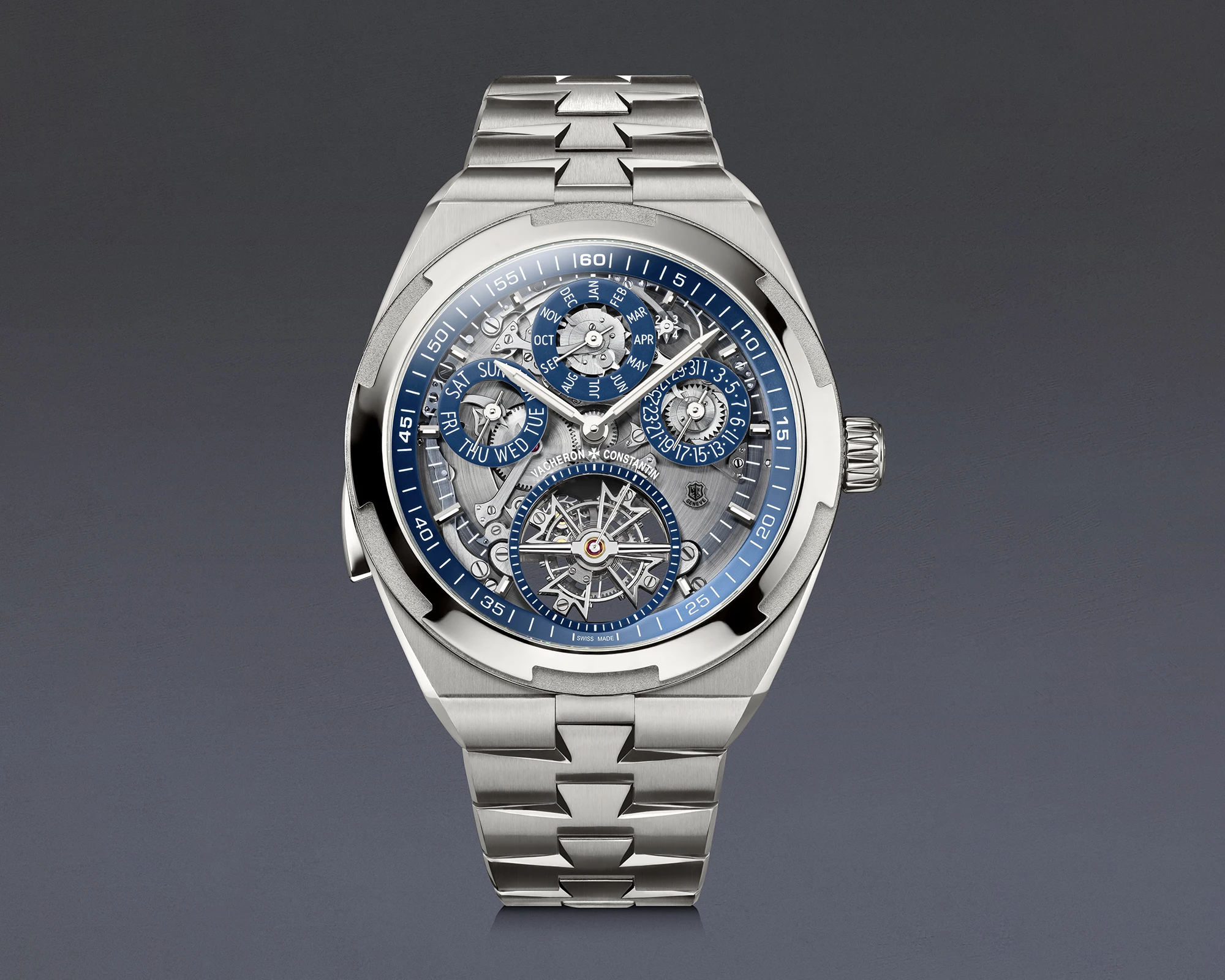
The fine beating of the hammers even makes time perceptible. You can’t really have more dialogue with your own wristwatch. And despite this sophisticated triple complication, it is light and sporty and elegant. Thanks to titanium grade 5 and the ingenious design of the impressive 44.5 millimetre case. Furthermore, titanium is an ideal acoustic material for a melodious minute repeater.
A brief excursion into the sonorous world of repetition
It is not possible to say exactly who invented the repeater mechanism in watchmaking. This is because two men applied for a corresponding patent in the 17th century. Daniel Quare was awarded the patent in 1687. However, Edward Barlow played at least as big a role. He is regarded as the creator of the clock striking mechanism, as evidenced by his patent application from 1686. This invention made it possible to tell the time even in the dark. It is indicated by a mechanical chime. Daniel Quare filed an objection to Barlow’s patent application and claimed that he had already developed the arithmetic striking mechanism in 1680. Although Barlow’s application was rejected, today both are regarded as the inventors of the first pocket watch with a quarter repeater from 1680, which makes the number of full hours and elapsed quarter hours audible.
Abraham-Louis Breguet (1747-1823) is credited with the first use of carefully tuned gongs, which allowed a repeater watch to be designed much thinner. However, the first wristwatch with a minute repeater did not appear until 1892 and was probably manufactured by Audemars Piguet, with the base movement coming from Jaeger-LeCoultre. It was commissioned by the company Louis Brandt & Frère, which would later become Omega. But why should you need to hear the time at all – except on a church clock? Quite simply. Although something like electricity was known in the 17th century, it couldn’t really be used yet. Edison did not invent the light bulb until 1879, and a luminescent material for indices and hands was also still unknown.
So how could you read your pocket watch or one of the first wristwatches in the dark? At first, not at all. Until they came up with the idea of relying on the wearer’s sense of hearing and making the timepieces sound. However, this is not entirely correct. In the early days of so-called striking clocks, there were also “silent clocks” that struck the hour on the case. This meant you couldn’t hear the time, but you could feel it. Over time, however, the fascination of the sound prevailed in the form of the minute repeater at the touch of a button. To a certain extent, the latter corresponds to deactivating the silent mode on a mobile phone. A distinction is essentially made between hour repeater, quarter repeater, half-quarter repeater, five-minute repeater and minute repeater. If the audible time is requested, a minute repeater sounds a low tone for the number of hours, followed by a double tone for every quarter of an hour and a high tone for every additional minute.
Pushers, hammers and gongs – what makes the watch sound
The repetition technique gives the time a sound through the acoustic reproduction of the current hand positions. When the pusher on the case frame is pressed, the hammers strike the various gongs. This mechanical orchestra is one of the most sophisticated complications in the art of fine watchmaking. The main and often only visually recognisable feature of modern timepieces with a repeater is the slide or winding bar, which is usually positioned on the left-hand side of the case. Its operation has a dual function: firstly, it activates the minute repeater and secondly, it provides the mechanical energy required for the acoustic reproduction.
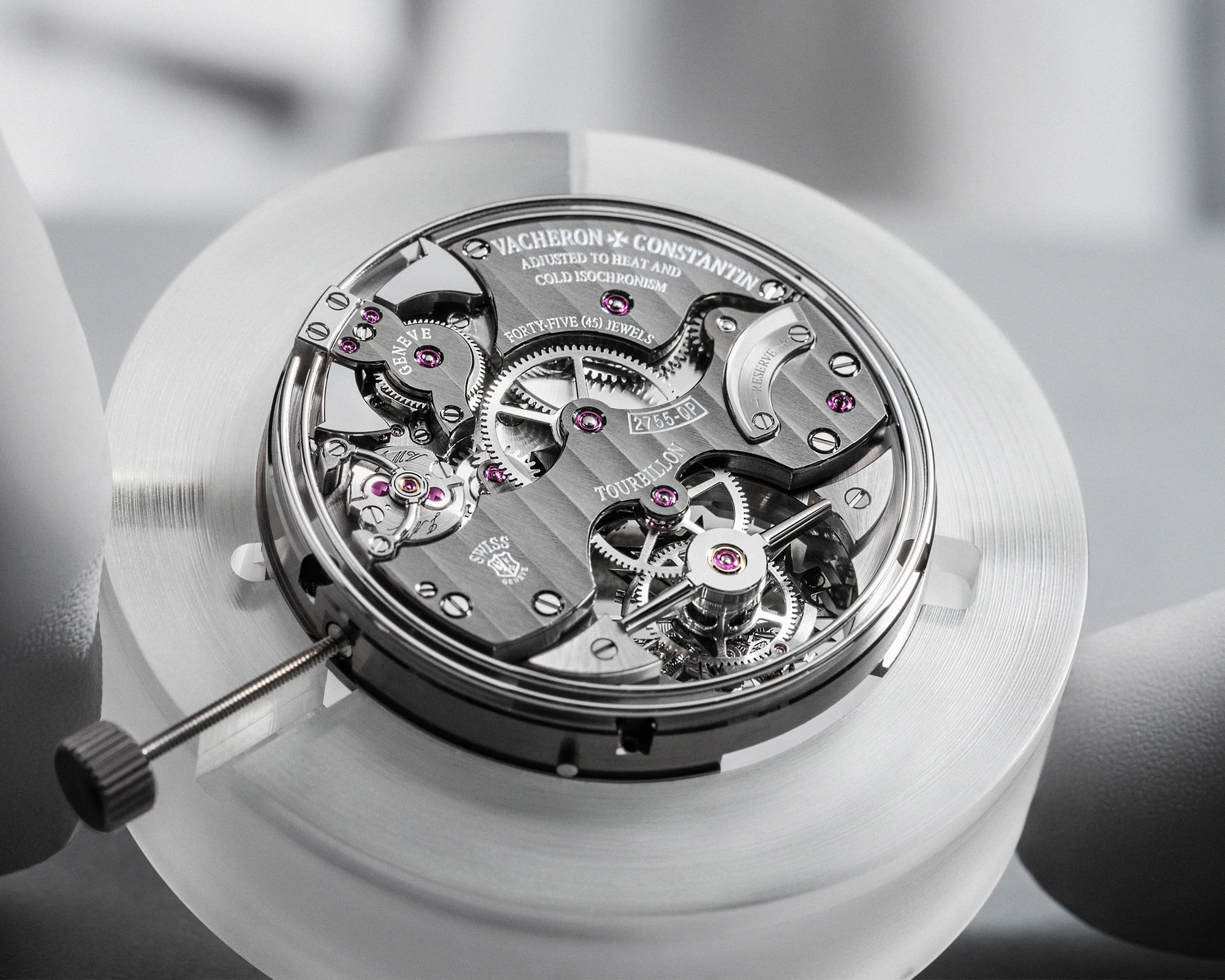
When the minute repeater is activated, hammers begin to strike various gongs. The correct number of strikes for hours, quarters of an hour and minutes is controlled by a multi-part system that reacts to the position of the hands. For example, if you hear ten low tones, two double strikes and seven high tones after activation, then it is 10.37 a.m. Behind this is an enormous complexity in which the movement has to record the time, process it and output it in the form of sounds. Without any electronics or computer programme, using only mechanical components such as wheels, cams, springs and hammers.
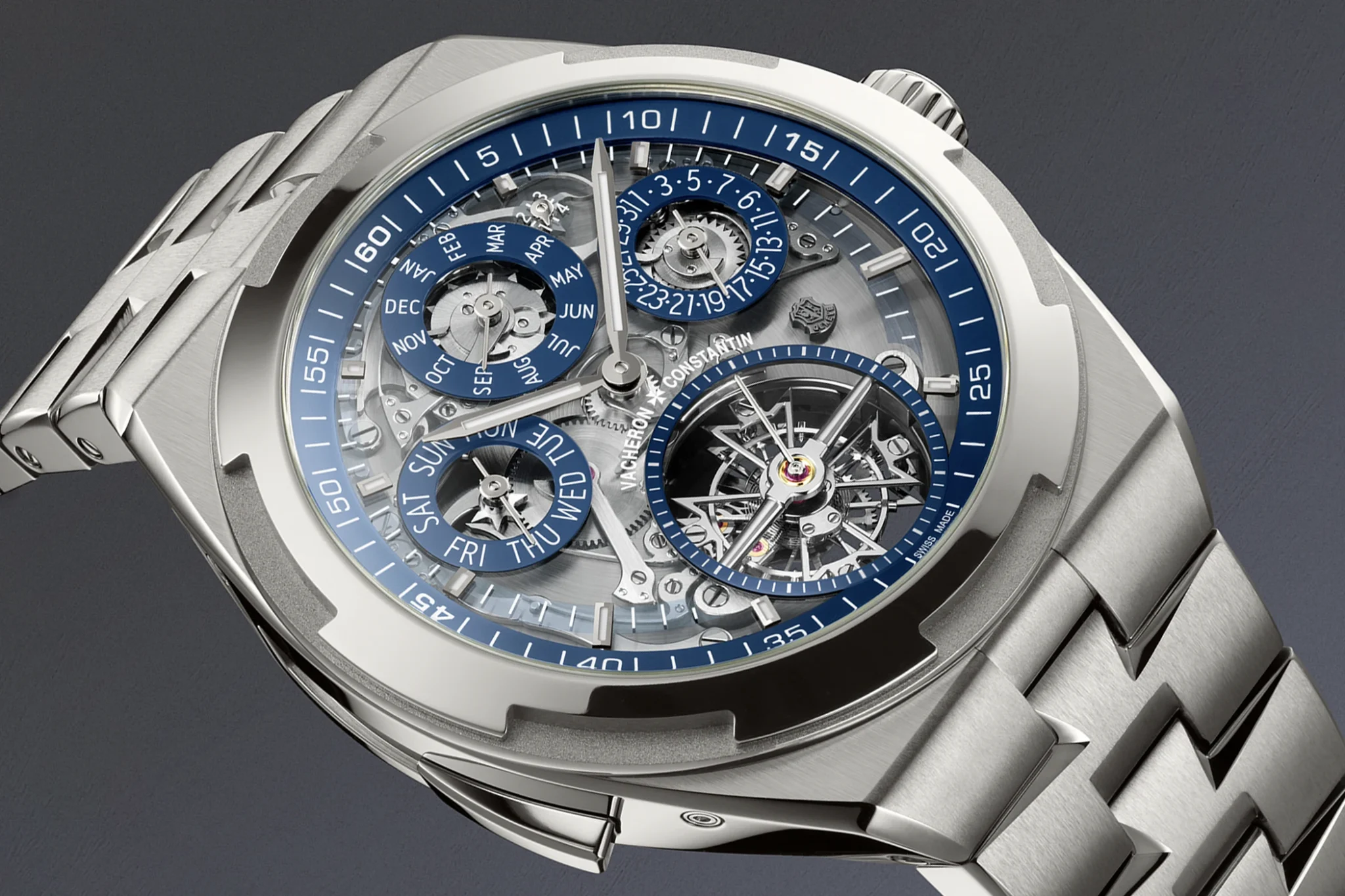
The calibre 2755Q – a masterpiece of haute horlogerie from Vacheron Constantin
The heart of the new Overseas Grand Complication Openface has been ringing and vibrating for over ten years. The hand-wound calibre 2755 QP from 2014 is a further development of the inner workings of the legendary Tour L’Ile, which Vacheron Constantin launched in 2005 to mark its 250th anniversary. With its eleven hands and 16 complications, it was considered the most complicated watch in the world at the time and was honoured with the prestigious Grand Prix d’Horlogerie de Genève.
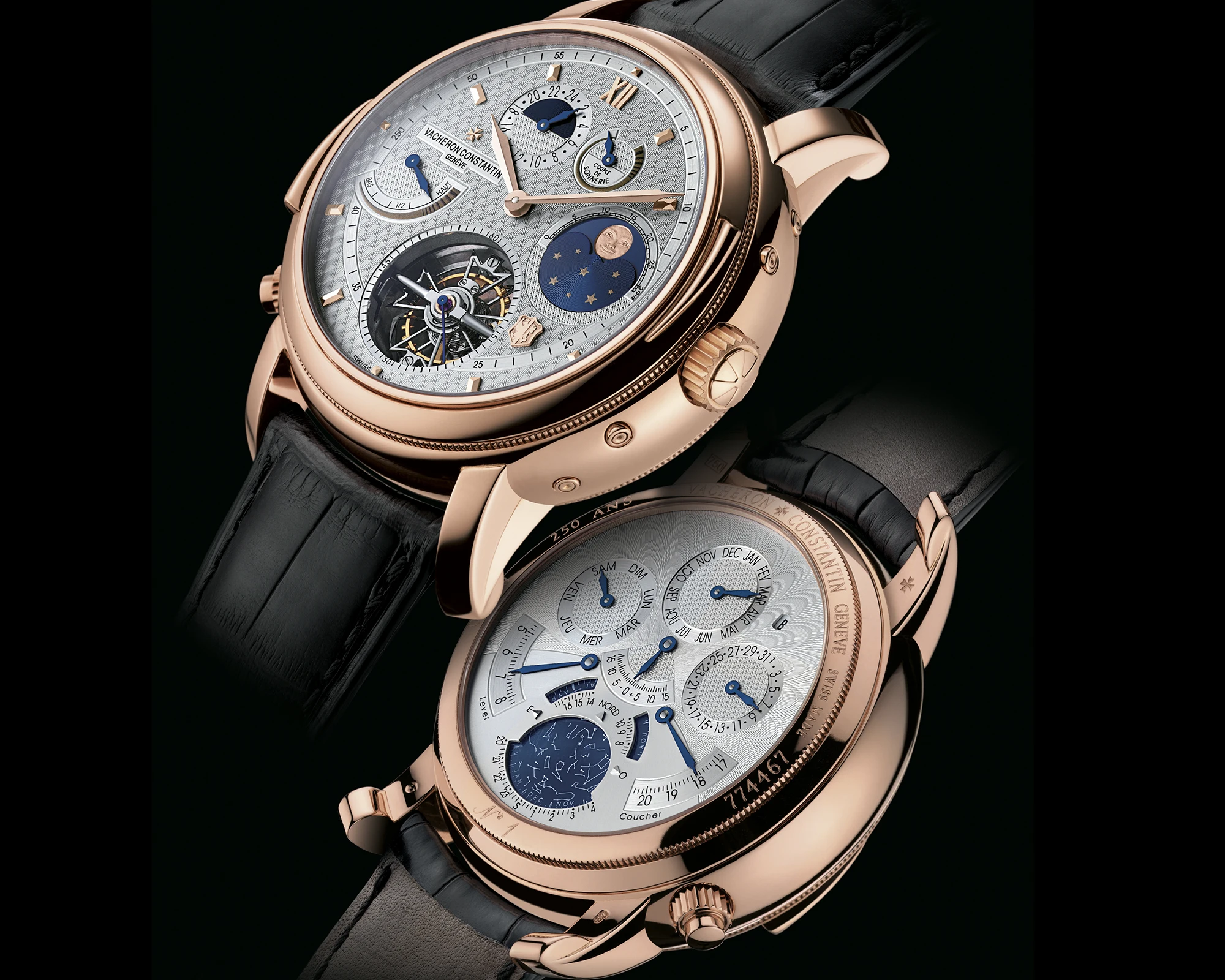
Credit © Fondation du Grand Prix d’Horlogerie de Genève
Today’s 2755 QP consists of 602 components and offers a minute repeater – which integrates the latest developments in the field of striking mechanisms – a perpetual calendar and a tourbillon. It beats at a leisurely 2.5 hertz and can therefore offer 58 hours of power reserve despite its great functionality. The display on the back of the watch provides information about the remaining energy. Speaking of the back. In order to guarantee water resistance up to three bar and at the same time adapt the case shape to the calibre 2755 QP, the case back was completely redesigned in a research and development phase lasting one and a half years.
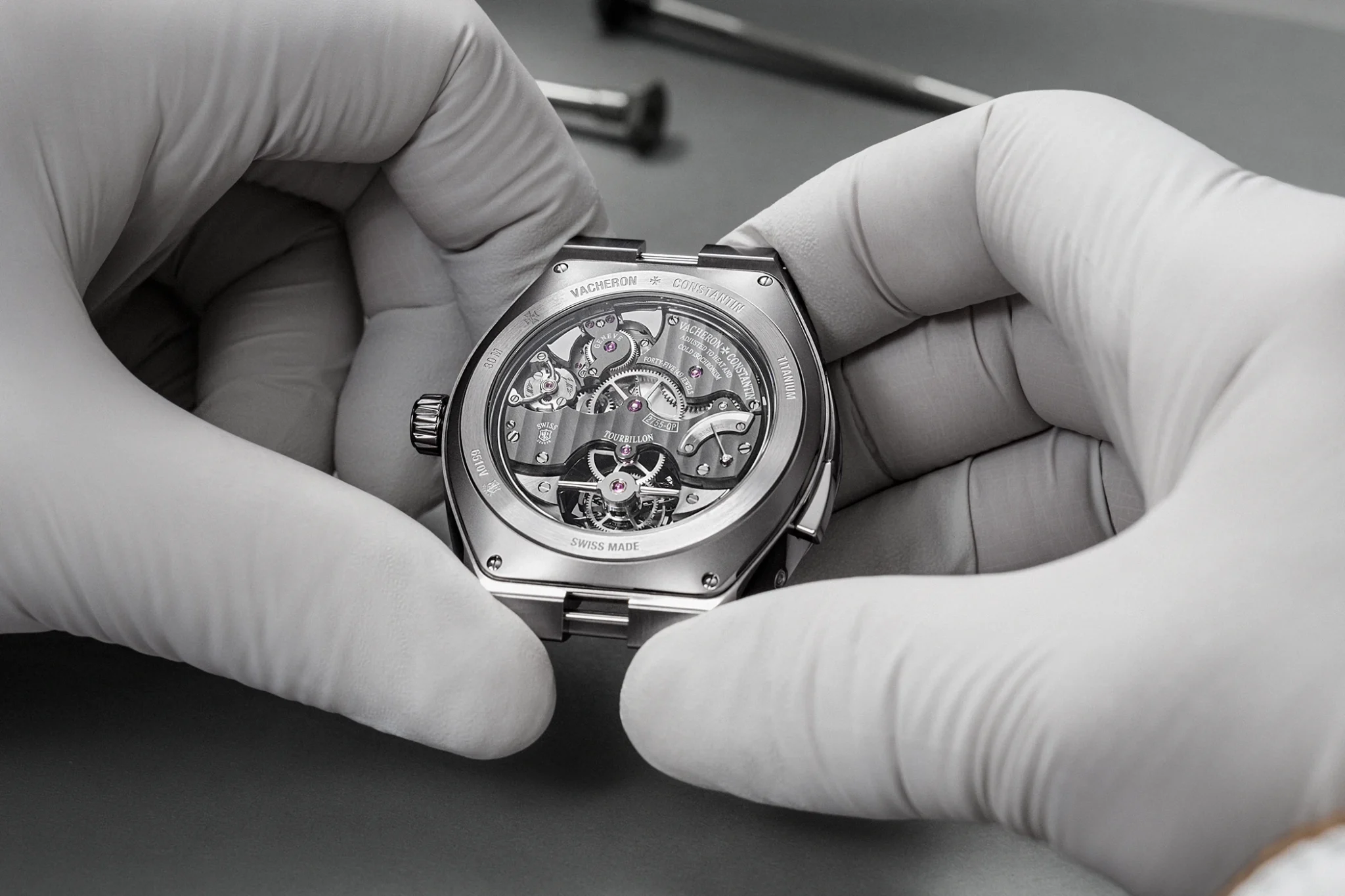
“Another advantage of this calibre is its slim design – 7.9 millimetres – despite its high level of complexity. What’s more, it is a modular movement, which makes it possible to add astronomical and other functions,” explains Christian Selmoni (Heritage & Style Director Vacheron Constantin).

Overseas Grand Complication Openface – technology and aesthetics
In typical Vacheron Constantin fashion, sophisticated technology always goes hand in hand with a detailed, elaborately designed aesthetic. Let us first take a look through the sapphire crystal case back at the hand-finished movement components and the revised architecture of the calibre 2755 QP.
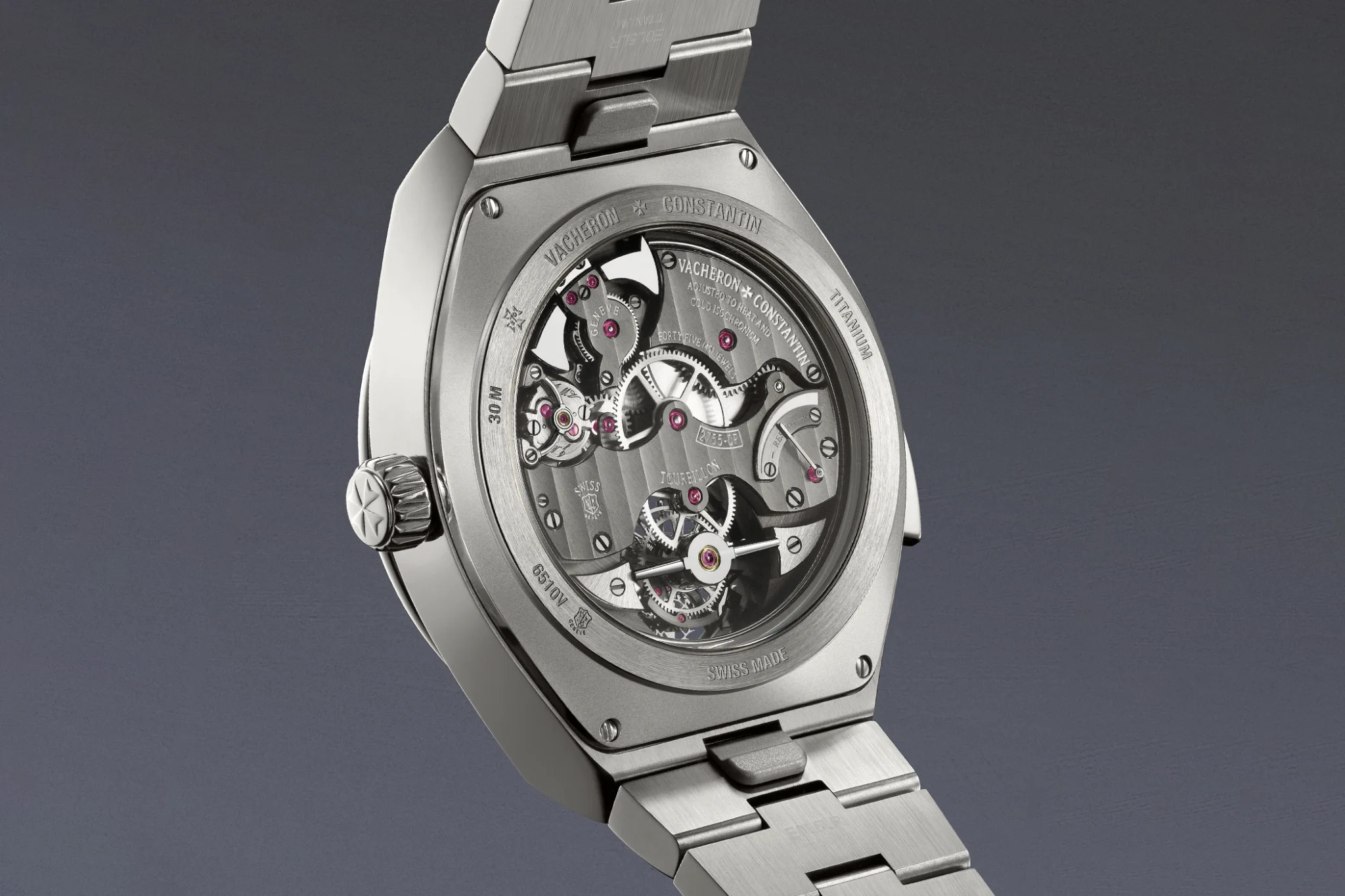
For example, there is the arched bridge made of 750 gold, which secures the patented centrifugal regulator of the minute repeater mechanism. Polishing its curves by hand alone takes a whole day. Underneath, the circular-brushed weights are visible, decorated with the engraved initials of founder Jean-Marc Vacheron.
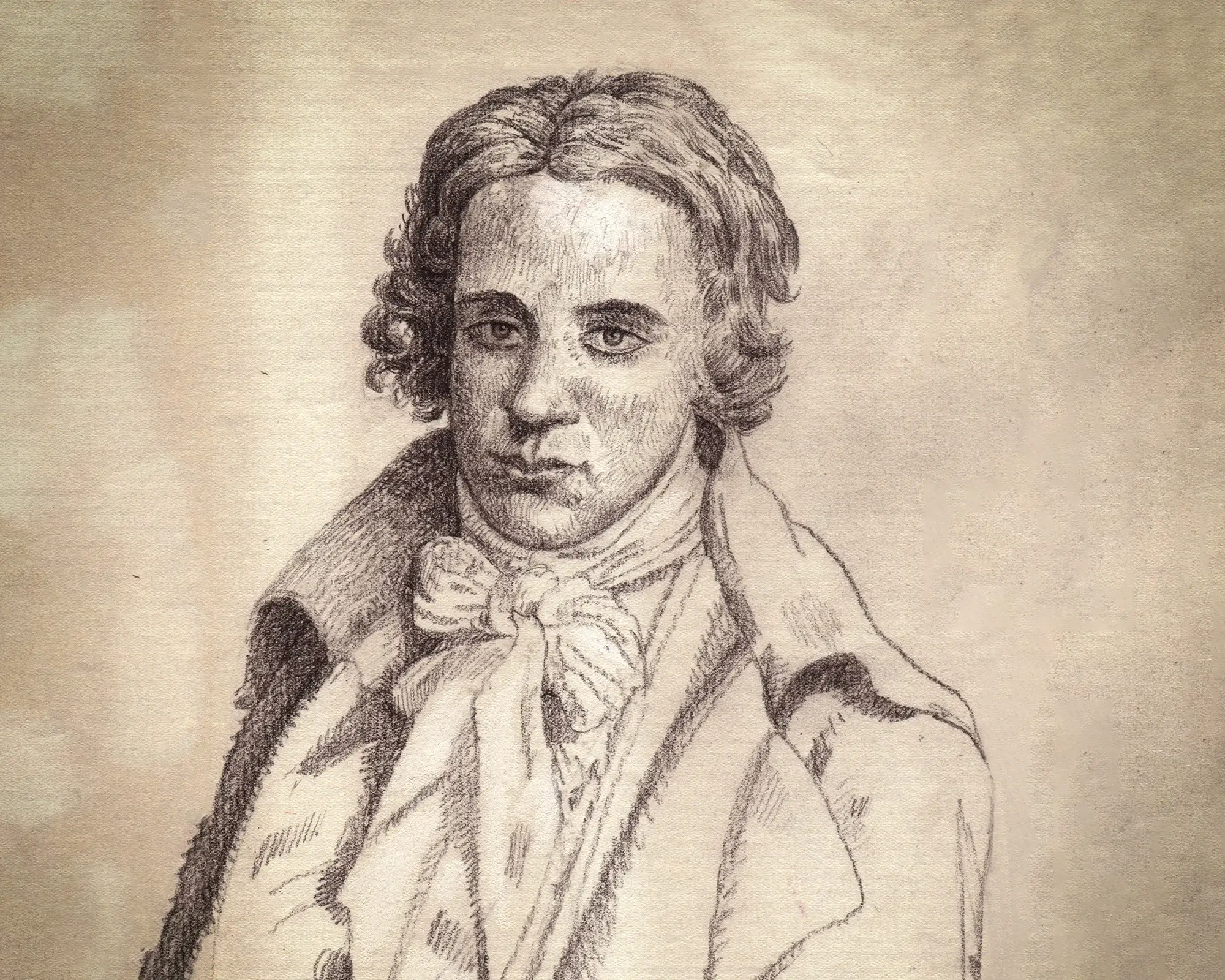
Jean-Marc Vacheron founded the Vacheron Constantin manufacture in 1755
No less care was taken with the tourbillon bridge. Its convex profile is rounded and bevelled towards the screws. The final polishing by hand gives it the lustre it deserves. The hammers also display this lustre, creating a perfect harmony with the satin-finished bridges and wheels as well as the Côtes de Genève finish.
Unobstructed view of the aesthetics of the Overseas Grand Complication Openface mechanism
A sapphire crystal back is almost standard in high-quality mechanical watchmaking. However, Vacheron Constantin is even more open-hearted, as the name component Open Face already reveals. “When we develop complex movements such as the calibre 2755 QP, it goes without saying that we also want to showcase their beauty, not only with a sapphire crystal case back as is usually the case, but also with an open dial,” emphasises Christian Selmoni.
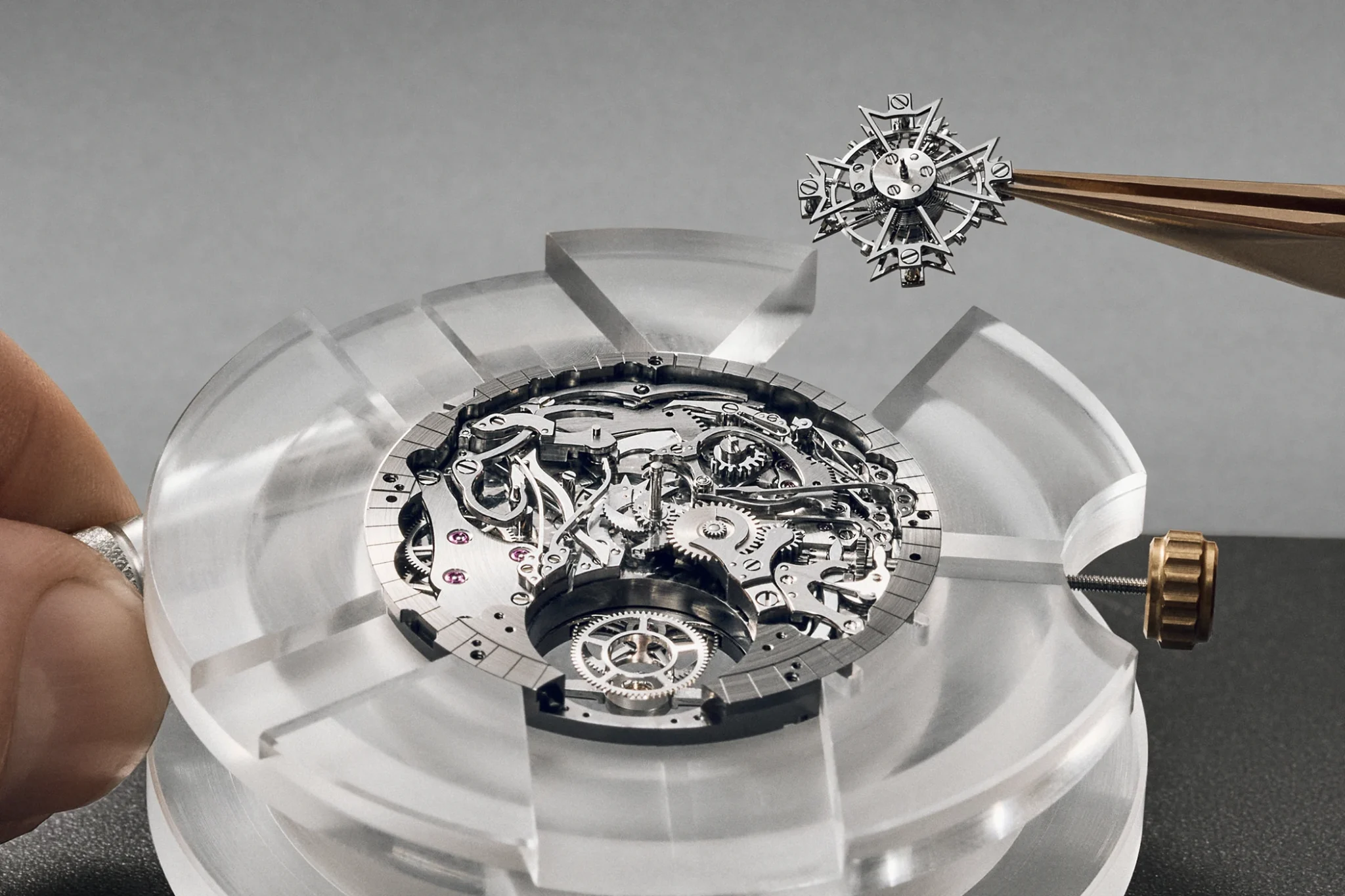
This is a sapphire crystal dial, which reveals the beauty and complexity of the inner values even while the watch is being worn. Meanwhile, the hour indices in 18-carat white gold appear to float on the transparent dial. The circular frames around the time and calendar displays with their metallic blue finish make them easy to read. At the same time, they create a dynamic contrast that matches the interior. This also applies to the various white engraved markings. The open-face design allows a view of the complex mechanism with anthracite galvanised bridges and silver rhodium-plated wheels through the dial. However, this permissiveness is nothing new at Vacheron Constantin, as Christian Selmoni explains: “The Maison already made a name for itself in the 1920s, at the height of Art Deco, with some extremely elegant open-face pocket watches made of platinum and rock crystal.”

The face of the limited edition Overseas Grand Complication Openface is rounded off by the integrated titanium bracelet, which emphasises the sporty dimension of the timepiece, ensures a high level of wearing comfort and is equipped with a practical adjustment and exchange system. The scope of delivery includes two additional straps, one made from alligator leather and the other from rubber. Price available upon request.

